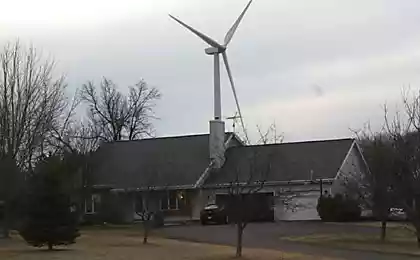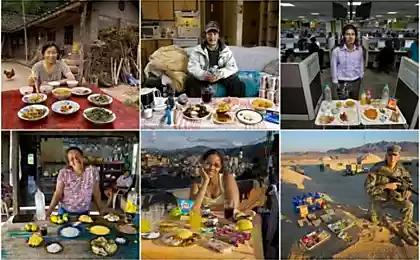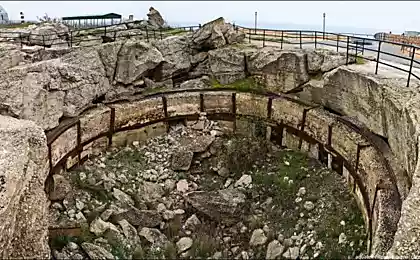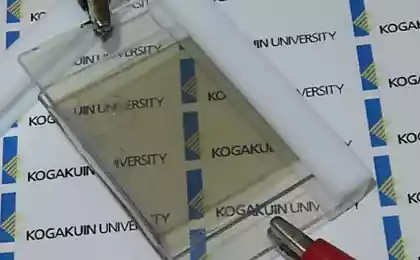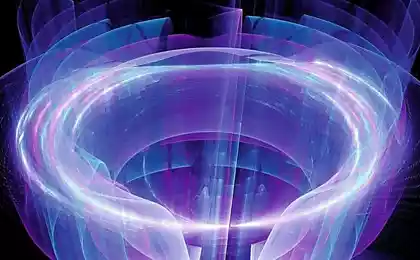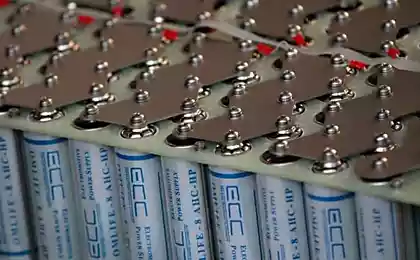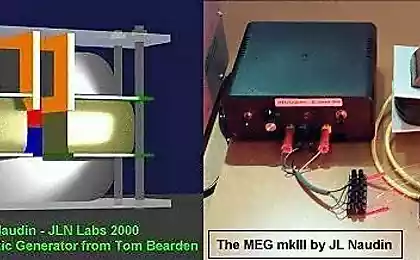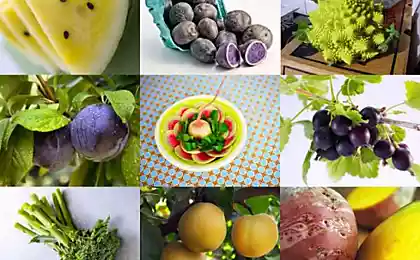473
Created a capacitor with an energy density of 150 W*h/dm3
The Japanese company Spacelink Inc recently demonstrated a prototype developed by its professionals electric double layer capacitor (electric double-layer capacitor, EDLC), the energy density of which is 150 W*h/dm3, which is equivalent to the same parameter of the lithium-ion batteries.
Thirty one million three hundred seventy eight thousand one hundred fifty seven
As the material of the electrodes of the supercapacitor used, carbon nanotubes and oxides of certain metals. And the high speed with which the new capacitor can accept and give back the accumulated energy makes it ideal for use as a buffer element in the regenerative braking systems of electric vehicles and drones.
Currently, the company Spacelink Inc already producing supercapacitors that do not use metal oxides and which have a value of density of energy storage 55 W*h/dm3. Based on the design of such capacitors, the company has added a layer of oxides, which is applied to the surface of the electrodes. This layer is not just another insulation or the bonding layer, the material takes part in redox processes occurring inside the capacitor. Because of this new supercapacitor can not be called a capacitor in the traditional sense, in fact it is a hybrid, having some features, such as capacitor and battery.
As mentioned above, the company's specialists Spacelink Inc as the anode and cathode of the capacitor used single-walled carbon nanotubes, the material of which is produced in industrial scale by company Zeon Corp. The electrode material was made from a powder, consisting of pure carbon nanotubes, which was mixed with special binding solution. After drying of the liquid, the composition of which was selected very carefully for a long time and remains very thin and durable conductive "nanotube" film.
Nine million four hundred twenty three thousand eight hundred eighteen
"Nanotubes have a high strength and a high "bonding" properties," write the representatives of the company Spacelink Inc, "When they are mixed with liquid, and all of this dries, it turns a solid sheet of conductive material. However, the electrolyte is not very well penetrates such sheets and they cannot be used as effective electrodes of the capacitors. We managed to find such a composition of the solvent during drying which is coupled between the nanotubes remain quite large gaps, allowing the electrolyte to freely penetrate and serves as a medium for transfer of electric charges".
Between the layers of the electrodes have been placed the separating layer, and several of these "packages" were stacked in one multi-layered "sandwich". As a result of all this turned supercondensators with the following parameters: capacity — 650 Farad, volume — 0.52 litre, weight — 500 gram and energy density — 58 W*h/kg. published
P. S. And remember, only by changing their consumption — together we change the world! ©
Source: techon.nikkeibp.co.jp/atclen/news_en/15mk/030801196/?ST=msbe
Thirty one million three hundred seventy eight thousand one hundred fifty seven
As the material of the electrodes of the supercapacitor used, carbon nanotubes and oxides of certain metals. And the high speed with which the new capacitor can accept and give back the accumulated energy makes it ideal for use as a buffer element in the regenerative braking systems of electric vehicles and drones.
Currently, the company Spacelink Inc already producing supercapacitors that do not use metal oxides and which have a value of density of energy storage 55 W*h/dm3. Based on the design of such capacitors, the company has added a layer of oxides, which is applied to the surface of the electrodes. This layer is not just another insulation or the bonding layer, the material takes part in redox processes occurring inside the capacitor. Because of this new supercapacitor can not be called a capacitor in the traditional sense, in fact it is a hybrid, having some features, such as capacitor and battery.
As mentioned above, the company's specialists Spacelink Inc as the anode and cathode of the capacitor used single-walled carbon nanotubes, the material of which is produced in industrial scale by company Zeon Corp. The electrode material was made from a powder, consisting of pure carbon nanotubes, which was mixed with special binding solution. After drying of the liquid, the composition of which was selected very carefully for a long time and remains very thin and durable conductive "nanotube" film.
Nine million four hundred twenty three thousand eight hundred eighteen
"Nanotubes have a high strength and a high "bonding" properties," write the representatives of the company Spacelink Inc, "When they are mixed with liquid, and all of this dries, it turns a solid sheet of conductive material. However, the electrolyte is not very well penetrates such sheets and they cannot be used as effective electrodes of the capacitors. We managed to find such a composition of the solvent during drying which is coupled between the nanotubes remain quite large gaps, allowing the electrolyte to freely penetrate and serves as a medium for transfer of electric charges".
Between the layers of the electrodes have been placed the separating layer, and several of these "packages" were stacked in one multi-layered "sandwich". As a result of all this turned supercondensators with the following parameters: capacity — 650 Farad, volume — 0.52 litre, weight — 500 gram and energy density — 58 W*h/kg. published
P. S. And remember, only by changing their consumption — together we change the world! ©
Source: techon.nikkeibp.co.jp/atclen/news_en/15mk/030801196/?ST=msbe






